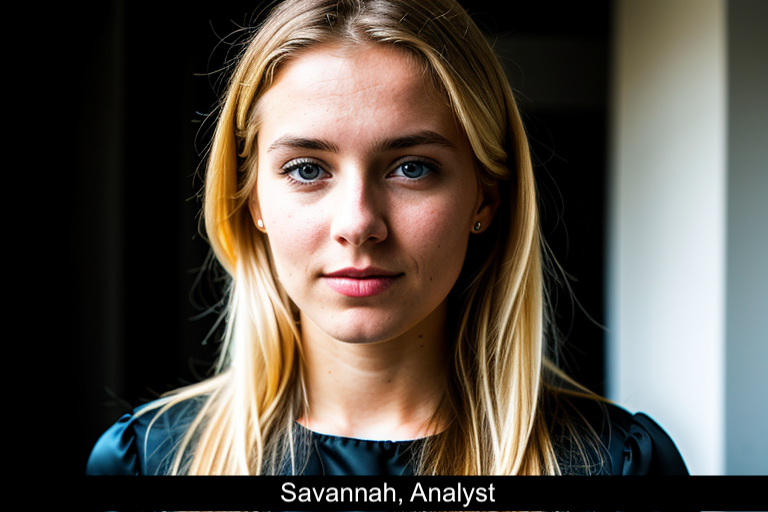The recent developments in Syria, particularly in Homs, highlight a significant chapter in the nation’s tumultuous journey towards recovery and healing. The end of Bashar al-Assad’s rule marks a pivotal shift in the socio-political landscape, prompting an optimistic resurgence among the youth and a collective yearning for rebuilding a fractured society. While the celebrations bubble with joy, an undercurrent of deep-seated trauma and unresolved pain lingers. This duality presents a complex canvas of emotions, as civilians, like Baraa and her family, navigate through both the joy of liberation and the burden of memories lost to conflict. In this article, we will explore the implications of this transitional period in Syria’s history—offering a comprehensive analysis of societal recovery, the challenges ahead, and what it means for the future of the region.
The recent jubilation among Homs’ residents appears as well-deserved culmination of a long-held desire for change in the face of oppressive governance. This city, once dubbed the “capital of the revolution,” symbolizes the broader conflict rending through Syria’s social fabric. The collective relief amongst those like Baraa, who dream of educational and career opportunities, highlights a generation eager to reclaim their lives after a decade wrapped in fear and survival. The intersection of aspiration and reality encapsulates the potential for significant societal development as individuals redefine their identities in light of these newfound freedoms.
Though progress has been made, the scars of war are omnipresent in Homs and beyond. The shadows of conflict’s brutality have etched deep psychological marks on its survivors. Baraa’s story is emblematic of many—young individuals raised amidst war, where dreams were painted in the hues of darkness and despair. Today, with a newfound chance and hopes of finishing university, these voices represent a wave of optimism that is often accompanied by the need for therapeutic healing and acknowledgment of past traumas.
As families and communities begin to pick up the pieces, societal cohesion becomes vital. The narratives emerging from Homs underline the importance of unity and joint effort—residents share a vision to rebuild their city together, irrespective of religious or cultural differences. This sentiment resonates deeply, considering the potential for interpersonal relationships and community collaborations to serve as bridges over divisive histories. However, lingering animosities fuel the challenges ahead, and shared trauma can either fortify or dismantle communal ties.
From an economic perspective, the shift from war to rebuilding presents both opportunities and risks. Economic downturns during the war led to staggering levels of poverty, with the UN reporting that 90% of Syrians now live below the poverty line. As access to resources improves with the end of military blockades and the restoration of market dynamics, the economy may begin to find its footing. The observations of Farhan Abdul Ghani, who notes the affordability of goods like meat and electricity, reveal a possible resurgence in local markets. However, economic revitalization requires careful management to avoid past pitfalls that saw efforts deteriorate into corruption and misallocation of resources. Transparency and accountability will be crucial in ensuring that newly opened economic channels benefit the marginalized and not a select few.
Nevertheless, the specter of revenge remains a complex interlude in this dance of progress. Figures like Dr. Hayan al-Abrash express a palpable anger towards the remnants of a regime that has historically marginalized and tortured dissenters. This volatile mix of joy and lingering bitterness must be addressed through clearly defined avenues for justice and accountability. Establishing a framework for political reconciliation that allows for the acknowledgment of crimes committed while promoting healing and unity will be essential. Calls for justice are legitimate but must transition towards a narrative of collective healing to pave the way for stable governance going forward.
The role of international actors cannot be understated. Syria’s recovery will be closely monitored by global observers, and foreign diplomatic relations will play a critical role in dictating the pace of reconstruction. Additionally, humanitarian support must not fade away during this crucial transition. NGOs and governments should prioritize rebuilding efforts focused on education, mental health, and economic stability—strategies that will support long-term recovery rather than quick fixes.
In conclusion, the current celebrations within Homs signal a potent desire for renewal. Old wounds will take time to heal, and emotions remain deeply divided, but the resilience of the Syrian people like Baraa, Farhan, and Dr. Hayan holds a promise for a brighter future. By focusing on unity, transparency, and justice, the potential for a newly forged identity in Syria stands at the brink of manifestation. A balanced approach that blends healing with hopeful progress can lead to a reconciled society—one that honors its past while striving towards a future brimming with opportunities and collective strength. As the people of Homs take their initial steps on this new path, the world watches closely, hoping for the reconciliation of a nation shattered by conflict and tragedy.




